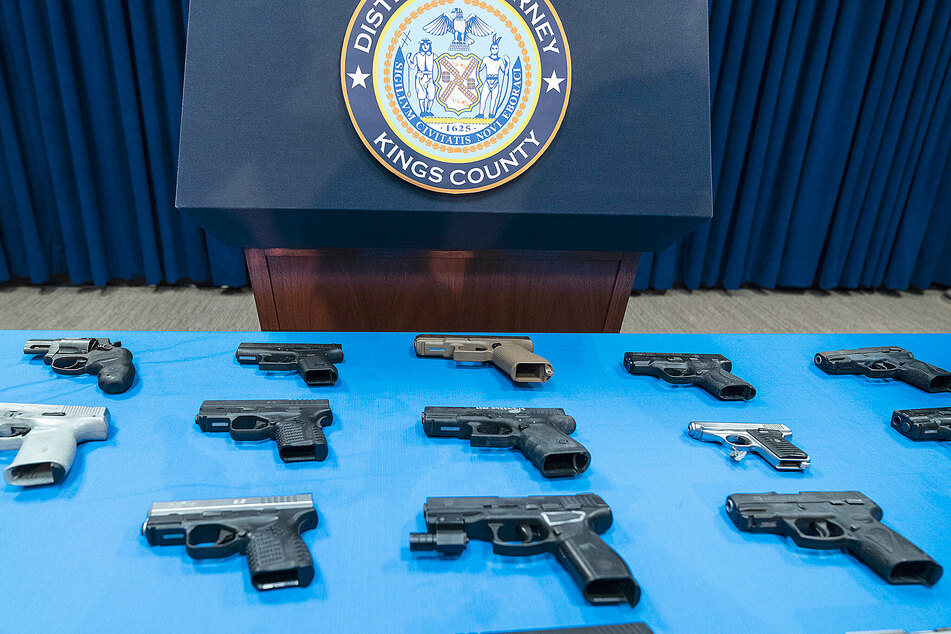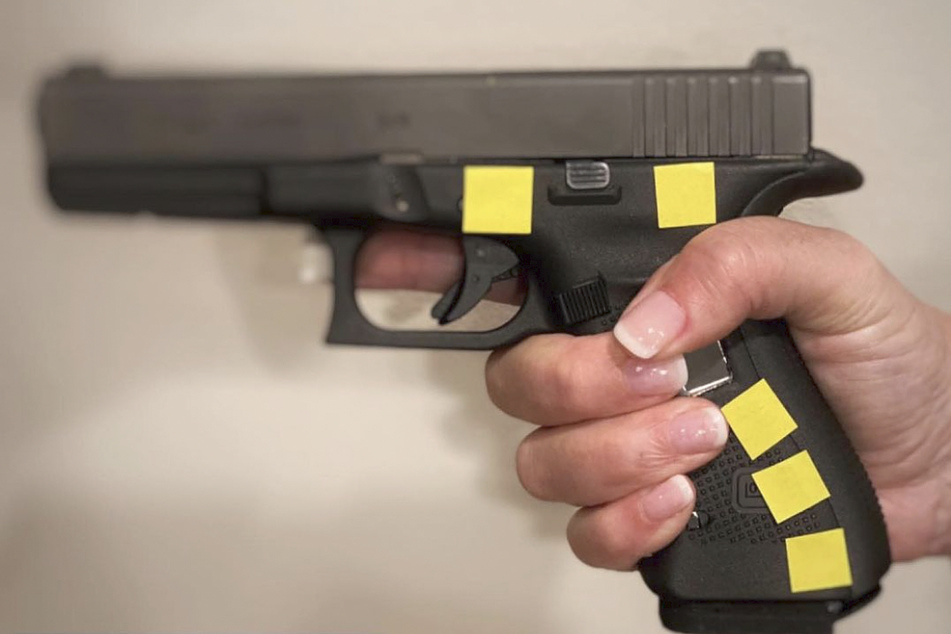Smart guns have arrived – but are they really any safer?
New York, New York - Two companies want to reduce gun-related accidents by releasing weapons with built-in ID tech that only recognize their owners.

The gun makers LodeStar Works and SmartGunz LLC, told Reuters that they are releasing "smart" guns this year, and their weapons supposedly can't be fired by anyone except the verified owner by using radio-frequency ID wearables, like watches and rings.
LodeStar went with a very feature-heavy smart handgun that needs its owner to wear a radio-frequency identification (RFID) wearable to unlock the gun, as well as an optional PIN pad on the grip, and even built-in Bluetooth support that unlocks the weapon via smartphone.
SmartGunz went for the comparatively simpler route of an RFID ring for their firearms. They require users to buy a chargeable battery and charging cable to keep the weapon's electronics charged.
The companies' websites tout the improved safety their weapons promise for prison guards and police officers, and preventing the use of stolen and lost weapons in violent crime and accidents, as well as protecting children.
This sounds like a step towards reducing gun-related accidents, which would be welcome progress after 2021 saw 2,000 accidental deaths and injuries due to firearms, according to the Gun Violence Archive.
However, despite the potential upside of making handguns rely on ID verification to work, security systems aren't completely secure, and this specific technology has been cracked wide open before.
Nothing is 100% foolproof

LodeStar and SmartGunz claim that their weapons are hacker-proof, but there's one weak link in any security system: the user.
Both companies rely on ID verification with wearables, which someone who wants to use your gun can just take from you.
And at the end of the day, these weapons could still be hacked.
A tech wizard who goes by Plore already proved three different ways that the RFID technology used for making smart guns "safe" can easily be hacked.
In 2017, he used a radio jammer to copy the radio signals for unlocking the prototype Armatix IP1 smart gun, and even managed to use signal interference to prevent the gun from firing when it should have been unlocked.
To top it off, his third method was dirt cheap, and didn't need tricky programming skills.
He simply bought magnets for $15, and held them to the side of the handgun to bypass all the "smart" safety features of the $1500 weapon, allowing him to fire the weapon without ID verification.
"When all you need is some magnets from Amazon, the threshold's pretty low there. It's the sort of thing that seems so obvious in hindsight," Plore told CNET at the 2017 Defcon hacking convention. "It's a fairly obvious flaw."
The planned release of LodeStar and SmarGunz' smart handguns will be another opportunity for hackers to test their mettle and find out if the companies' claims can withstand $15-worth of magnets.
Even though LodeStar and SmartGunz could get credit for trying to keep guns from causing accidental death and injury, no amount of added tech will ever change what firearms were designed to do: kill people.
Cover photo: Screenshot/Instagram/lodestar_works